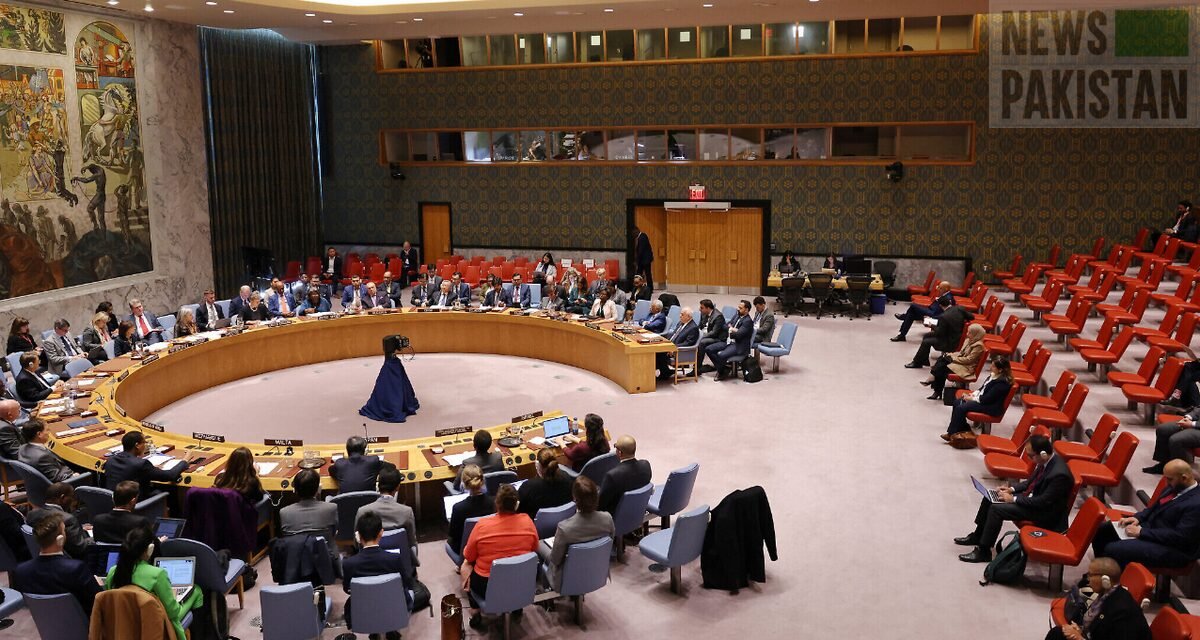ISLAMABAD: Minister for Water Resources Faisal Vawda on Monday informed the National Assembly that some 32,139 acres of land had been acquired for the Diamer Bhasha Dam, which was 86% of the total land required for the purpose.
Replying to a question in the House, he said 31,977 acres of land had been acquired in Gilgit Baltistan and 162 acres in Khyber Pakhtunkhwa.
Faisal Vawda said the government was continuously striving for the development of water reservoirs in the country. Through its executing agency WAPDA (Water and Power Development Authority), it had completed the raising of the Mangla Dam, Gomal Zam Dam, Satpara Dam, and Darawat Dam increasing their total storage capacity to 3.91 Million Acre per Feet (MAF).
Diamer Bhasha Dam, Mohmand Dam, Kurram Tangi Dam, and Nai Gaj Dam were at the implementation stage, he added.
Responding to another question, the minister said the country had lost about 22.7 MAF during the floods from 2010 to 2015.
He said the National Water Policy, which was approved in April 2018, emphasized on watershed management in the country. The watershed management, he added, was a dire need of the time, especially in upper areas of the country like Azad Jammu and Kashmir, Gilgit- Baltistan and Khyber Pakhtunkhwa due to its multiple benefits.
The minister said the total installed capacity of Dasu-HPP was 4,320 megawatts (MW) and it would be implemented in two stages. Both the stages would have the installed capacity of 2,160 MW each.
He said the Executive Committee of National Economic Council (ECNEC) approved PC-I for the Stage-I in March 2014 amounting to Rs 486,093.30 million with FEC of Rs 218,547.50 million. It was now in implementing phase, he added.
Faisal Vawda said per-capita water availability in the country, that was 5,260 cubic meter per annum in 1951, had reduced to 908 cubic meters per annum in 2018 due to the ever-increasing trend of population, which was a stage of water scarcity.
With the same trend, he said, the projected estimate of water indicated that its availability would further reduce to 800 cubic meters per annum by 2025, which would be the situation of severe shortage of water having serious impacts on the socio-economic life of the people of the country.
The minister said until now, a storage capacity of 4.965 MAF of existing reservoirs had been lost due to sedimentation. Studies showed that an additional 0.75 MAF would be lost due to sedimentation by 2025, hence further reducing per capita water availability, he added.

National Assembly










